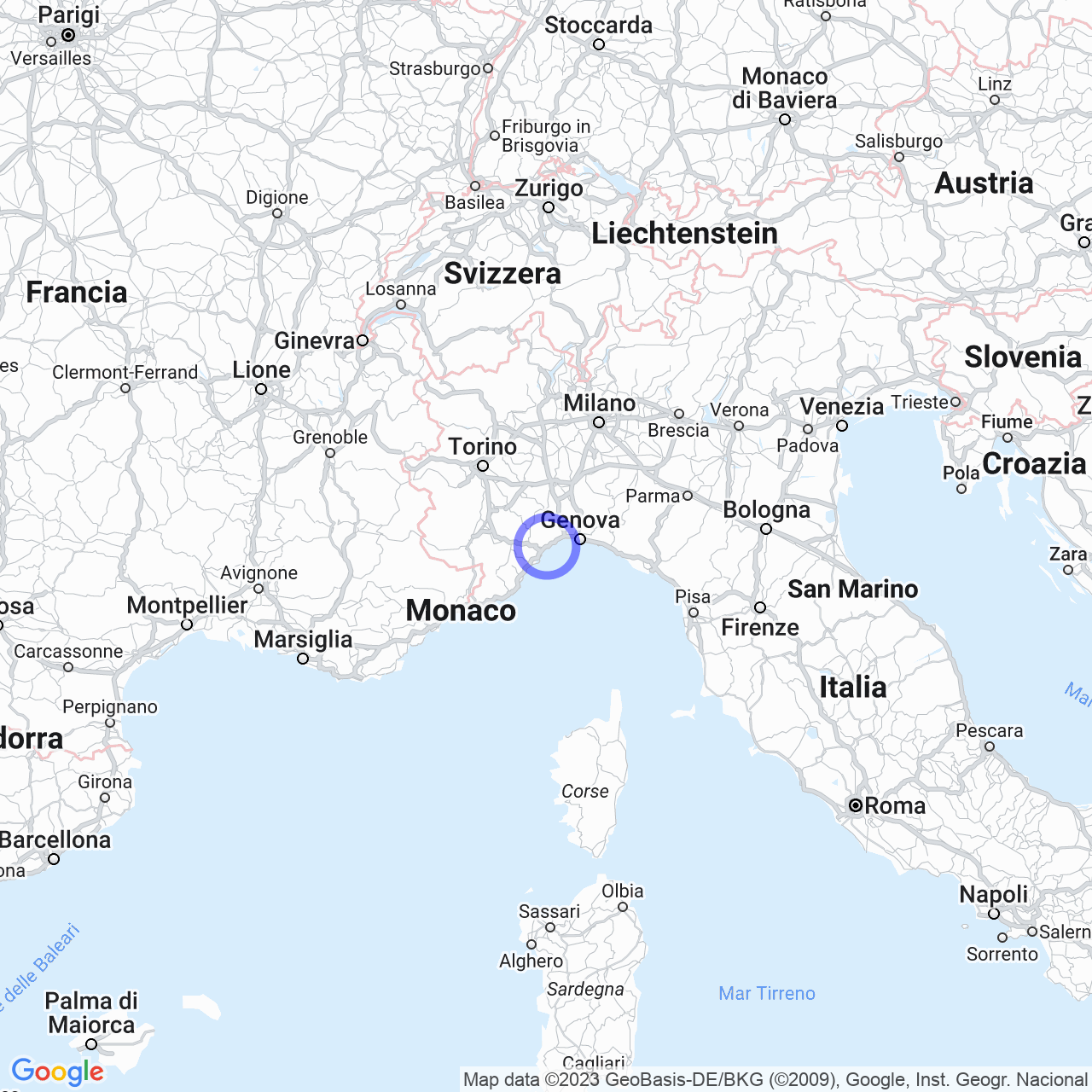Albisola Superiore
Albisola Superiore - a city full of history and culture
Albisola Superiore, also known as ''d'äto d'Arbissêua'' in the Ligurian language, is an Italian municipality located in the province of Savona. Together with Albissola Marina, this city forms the territory known as ''Albisole'' and is famous for the production of Albissola ceramics. In this article, we will explore the history, physical geography, and highlights of Albisola Superiore.
The physical geography of Albisola Superiore
The territory of Albisola Superiore is part of the Beigua Riviera and consists of Albisola Superiore, which is located about 3 kilometers from the sea, and Albisola Capo, which is directly on the sea. Albisola Capo has a beautiful promenade that connects to the promenade of Albissola Marina and a beach. The Albisolese territory is crossed by the Sansobbia stream, a watercourse that flows between Albisola Superiore and Albissola Marina.

The history of Albisola Superiore
Albisola was founded by the Docilii Ligurians during prehistory. With the conquest of the Roman Empire, the settlement developed further along the alluvial plain of the Sansobbia. In fact, near the current train station, a Roman villa called ''Alba Docilia'' was discovered. With the fall of the Western Roman Empire, the inhabitants retreated to more defendable areas and a fortification was built on the Castellaro hill in Albisola Superiore. In the Middle Ages, Albisola was part of the Marquisate of Savona and then from 1122 it was a feud of the Aleramici. In 1251, the major cities of the Ponente Riviera submitted to the dominion and control of the Republic of Genoa, including Albisola, which definitively fell under Genoese rule in 1290.
Over the centuries, the history of Albisola has been linked to the fate of the Genoese Republic, which strengthened its dominion by expanding the Castellaro and building a new fort in today's Albissola Marina. In 1343, Genoa unified Varazze, Celle Ligure, and Albisola in a single podestà with headquarters in the city of Varazze and endowed the village with autonomous statutes in 1389. The statutes remained in force until 1798.
The production of Albissola ceramics
One of the peculiarities of Albisola Superiore is the production of Albissola ceramics. This tradition has ancient origins and dates back to Roman times. Over the centuries, the production of ceramics has undergone an evolution, and increasingly refined and high-quality products have emerged, becoming one of the city's most important economic activities.
What to see in Albisola Superiore
Albisola Superiore offers many interesting places to visit, such as the Church of San Nicolò, located on the Castellaro hill, the Saracen Tower of Capo Torre, an ancient Genoese tower perched on the sea, and Villa Faraggiana, a well-preserved 18th-century villa situated in a panoramic position on the hill near Albisola Capo.
In addition, Albisola offers the opportunity to take a pleasant walk along the promenade that connects Albissola Marina to Albisola Capo. The beach of Albisola Capo is also a must-see, especially for those looking for a less crowded but equally charming beach.
In conclusion, Albisola Superiore is a city rich in history, culture, and natural beauty that is definitely worth visiting. If you are lovers of ceramics, art, and nature, Albisola Superiore is the ideal place for you.
